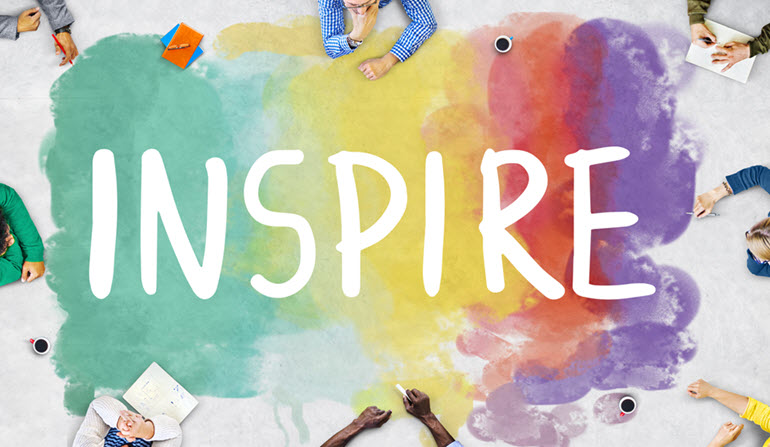
12 Nov Inspiring instruction: How to engage struggling readers in virtual learning
Most of us are finding it hard to concentrate these days. Add in hybrid learning, online instruction, quadmesters and other changes, and it’s not difficult to figure out why many students are struggling. For below-level readers, there are even more barriers. While younger students have lower reading proficiency and shorter attention spans overall, older students can disengage and get distracted when they feel a lack of control over their learning. Without a consistent structure in online learning, the motivation to keep going can get lost in the shuffle.
Techniques for creating a learning practice
Teachers inspire their students in many ways – by showing they care, paying close attention to each child’s learning challenges and rewarding reading achievements, no matter how small. Here are a few ideas to keep students motivated in their reading journey, wherever they are learning:
- Offer choice and control: Whether strange tales of aliens and storytelling stones or stories about riding big waves in the Amazon will entice students, offering choice gives them an increased feeling of control. In BrightFish Reading, for example, students select from a menu of fiction and nonfiction, and then use that text as the foundation for developing their skills in fluency, vocabulary and comprehension. Not surprisingly, there’s a positive correlation between the student’s interest level in a topic and the completion rate and scores!
- Build momentum: Confidence in reading for below-level readers is almost as important as skill development. To give students a sense that they can do it means striking a balance between engagement and challenge. Consider video games that start at the easiest level and create a forward momentum as players take on increasingly difficult tasks. In BrightFish Reading, starting at the easiest words and phrases before moving up to more difficult text provides the motivation for students to keep going to take on the next incrementally more difficult challenge.
- Model the right behaviors: When teachers establish weekly goals, track those metrics, and provide a feedback loop, they create a consistent framework for students. That typically translates into higher time on task and better outcomes. Analysis of our BrightFish Reading data from summer schools, for example, showed that middle and high school students in virtual school had higher time on task and completion rates, at a factor of about 20 percent. Well-structured programs with consistent teacher oversight can overcome the limitations of virtual learning.
- Reward often and in different ways: Reading is not something that kids want to do when they struggle with it. Building the intrinsic motivation to read requires external support. Technology programs can incorporate points, badges, certificates, and other rewards as students master concepts and improve their skills. Using games rooms and class “leader boards” offer alternative ways to reach students motivated by different types of rewards. Teachers can add rewards through recognition programs and tangible prizes, such as gift cards and “zoom” or in-person lunches and celebrations.
- Provide connections for learning: “Why am I doing this and how will it help me?” are two common (and very good) questions from older students. Reading practice becomes meaningful when text is accessible but relevant, and when students can actively track their progress and skills mastery. Students increase their commitment when they understand the connection between their reading practice and improvement in other subjects and high-stakes tests. For example, showing students how they can use their vocabulary strategies to answer language-based questions on tests helps them to make the link from their work to the end goal.
- Engage with different media: Content comes in many forms, and students need to be able to digest and process information from different media. Technology programs can weave video and audio content into the learning stream to help students better understand a topic and evaluate information from a variety of sources. Questions that probe for a student’s critical thinking skills, such as an author’s point of view versus a video source, can be used for individual and small-group discussions.
- Make it personal: Online programs can capture every keystroke and answer to provide a profile of a student’s knowledge and thinking on a topic. Real-time data provides a powerful mechanism for 1:1 feedback sessions that are unique to each student’s progress and understanding. It’s a time-saver for over-burdened teachers that enables group learning in different settings while still providing the individualized instruction that below-level readers need.



No Comments